Guillermo is the CEO of Ignite, a political leadership program for young women.
Nancy Pelosi's decision to step down from House leadership brings up strong feelings. But it also has a similar impact on generations of women from across the political spectrum. I run an organization that engages young women to embrace political ambition and run for political office. Many of us saw Speaker Pelosi's achievement and realized we could go further than we realized. It is hard to overstate the impact that her career has had on our collective ambitions.
Pelosi has addressed hundreds of young women at Ignite events. She is always generous with her time. She takes a deep, personal interest in the future careers of young women she meets. Since she announced her decision not to run for a leadership position, I've heard from dozens of these young women across the political spectrum.
They have sent me photographs of them standing with Pelosi at Ignite events. They've told me, "This is the moment I realized I could run for office." Her interest in their ambitions is what convinced them that they, too, had the potential to lead. In the recent midterm elections, several Ignite alumni ran for office and won. Many of them told me that seeing Pelosi’ impact and leadership influenced their own journey in deciding to run.
This is 2022, but women still face tremendous barriers to pursuing a political career. Ten percent of senators are named Jon or John. Fewer than 30 percent of lawmakers are women. People ask men, meanwhile, far more often to run for office than they do women. And when they do ask women to run, it takes a lot more to persuade them than it does young men. Against that backdrop, Pelosi's career is all the more remarkable. She is still often pictured as the only woman in rooms full of men. She was elected the first female speaker of the House in 2007. At that point she became the highest-ranking woman in U.S. history. That achievement stood until the swearing-in of Vice President Kamala Harris in 2021.
Pelosi helped usher through reforms to our health care laws. She helped repeal military policies barring LGBTQ+ from serving. She supported same-sex marriage. She has been unafraid to stand up to China on its human rights record. These are generational issues. They have shifted global culture. They have enjoyed bipartisan support.
Several of Pelosi's staff cried as they applauded her when she walked from the floor. In politics, tears are a rarity. Such open displays of emotion aren't strategic. But the significance of Pelosi's decision cut through that. I also admired her choice to wear a white suit, speaking to the legacy of the women's suffrage movement. Let's not forget that women only got the vote in this country in 1919. That's just 21 years before Pelosi was born.
It means a lot, too, that Pelosi spoke about it being time for "a new generation to lead." The 2022 election was a “youth wave,” with near-historic numbers of young people turning out to vote. Young people turned out at their highest rates in states with razor-thin margins. Gen Z and millennials are on their way to becoming part of the largest voting bloc. They care about reproductive justice, mental health, student loans and more. Candidates who want to win need to speak to the issues young voters are passionate about. It is reassuring to see Pelosi recognizing that a new generation is ready to carry the torch.
We also should not dismiss that Pelosi's decision comes less than a month after a break-in at her home. The man has told investigators he intended to break her kneecaps. She has told the press that the attack – in which her husband was badly harmed – is a factor in her decision. We need to reflect on how our society has emboldened this kind of violence. We need to speak more about the barriers powerful women face and we need to pay vocal tribute to their courage in breaking through them.
In the meantime thank you, Nancy Pelosi, for the changes you have made possible.


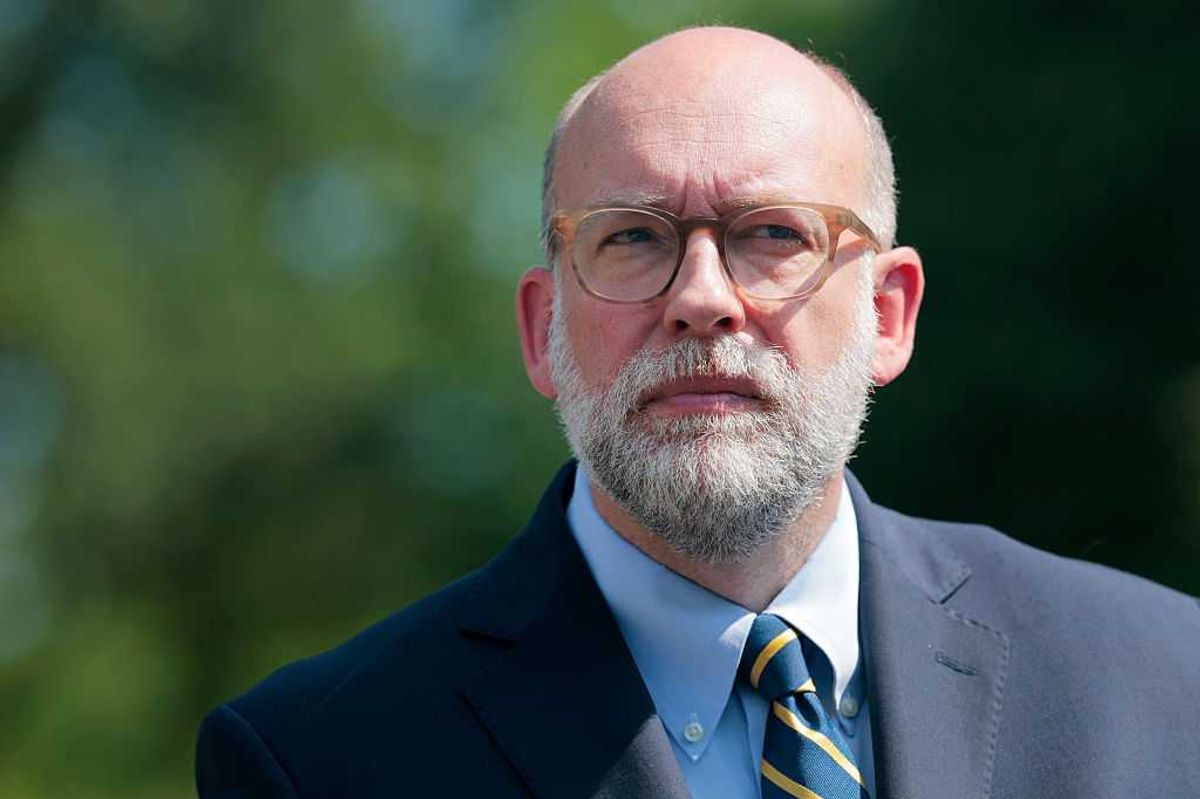


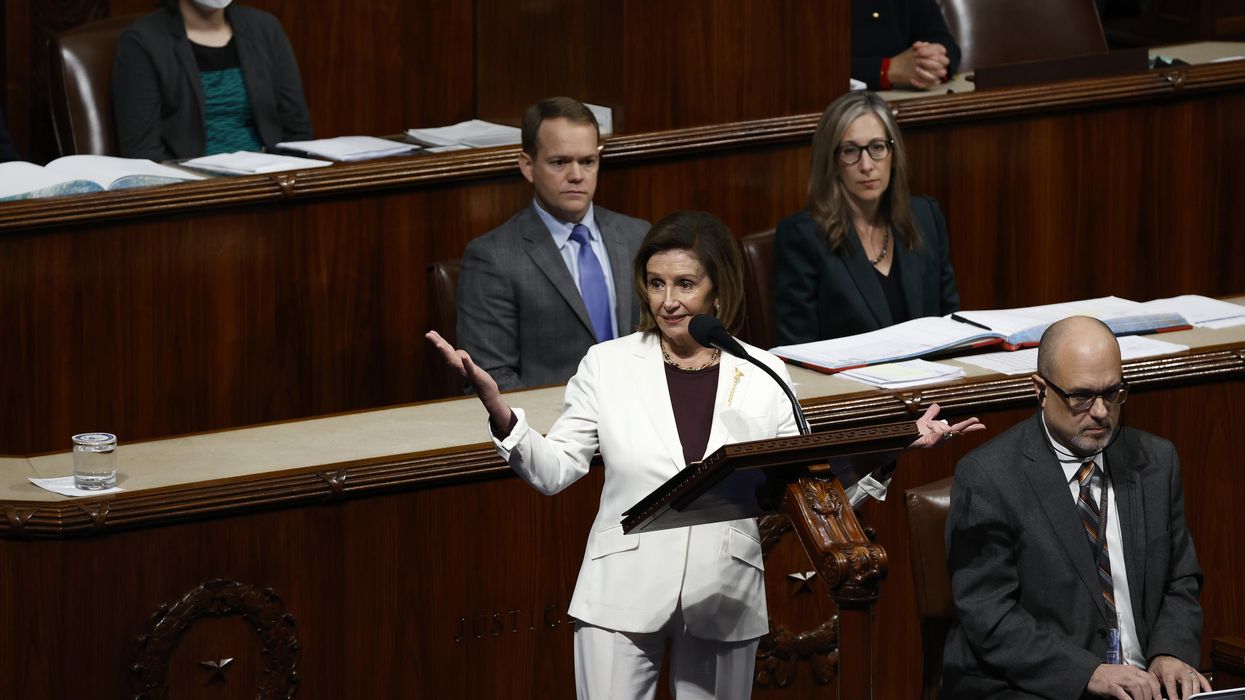
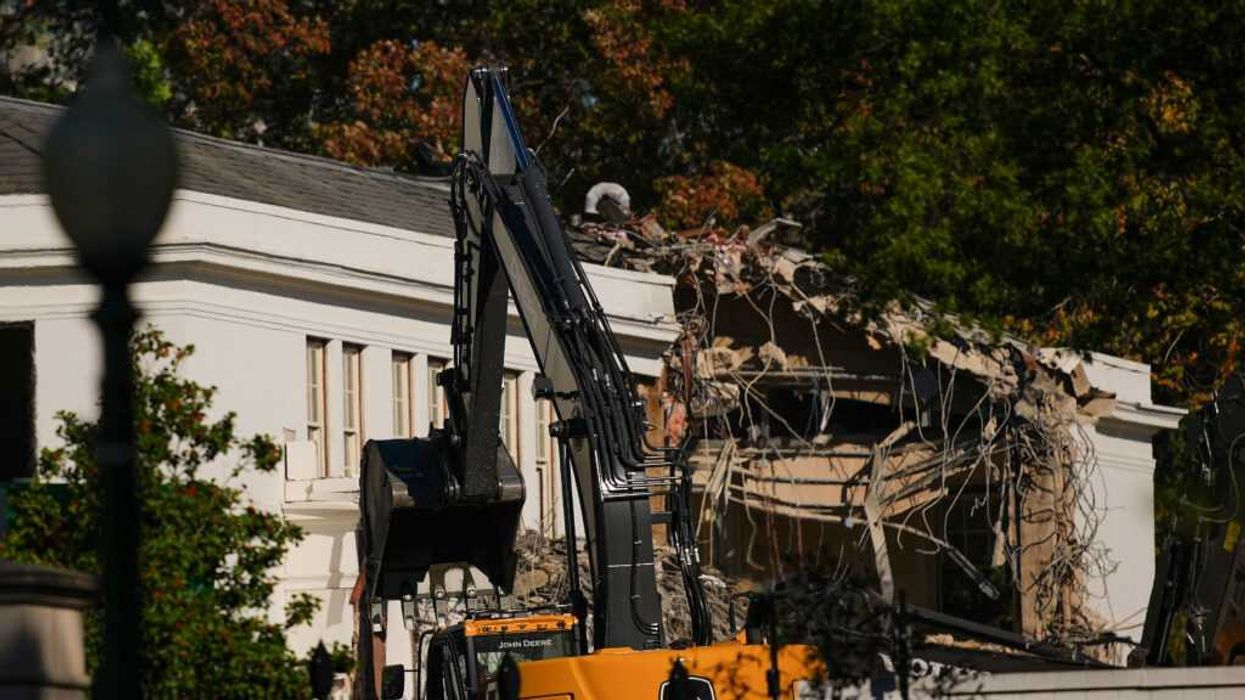

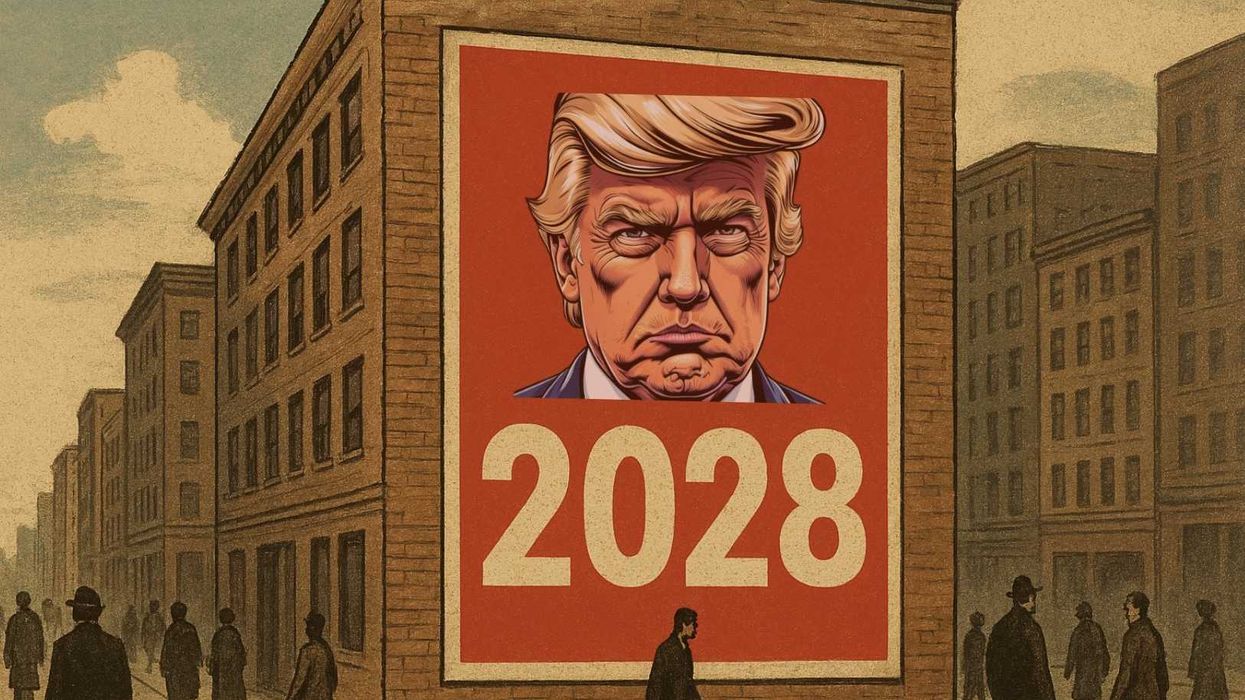
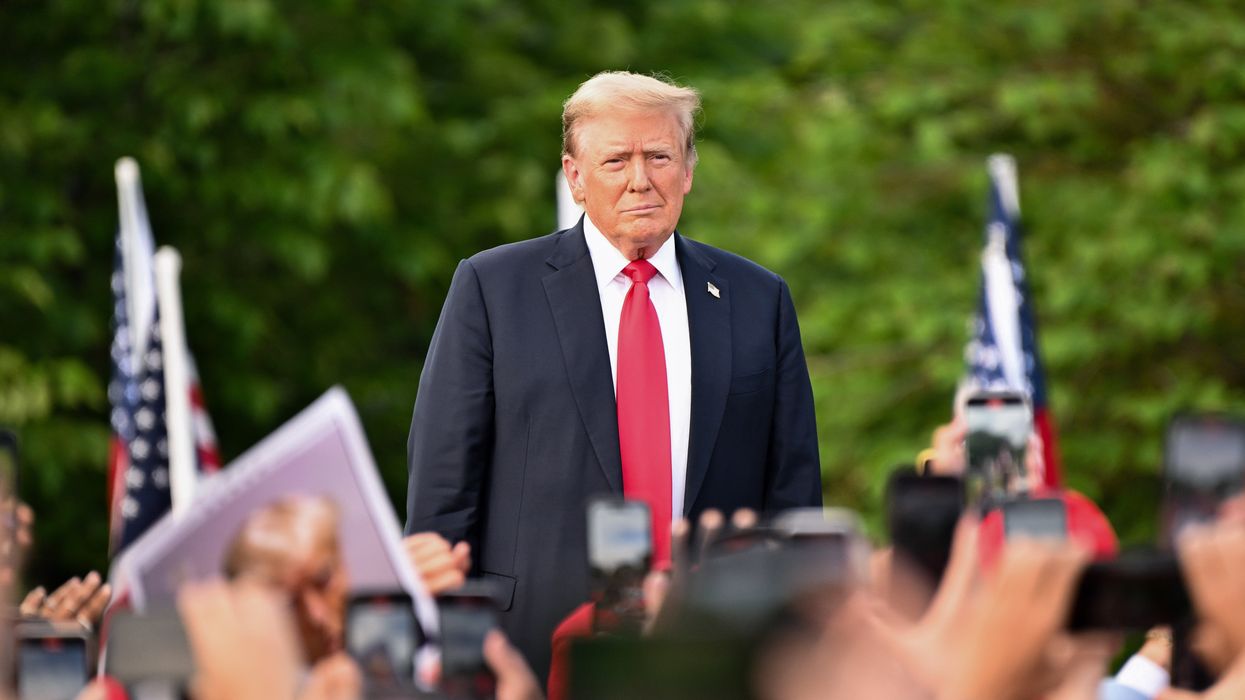
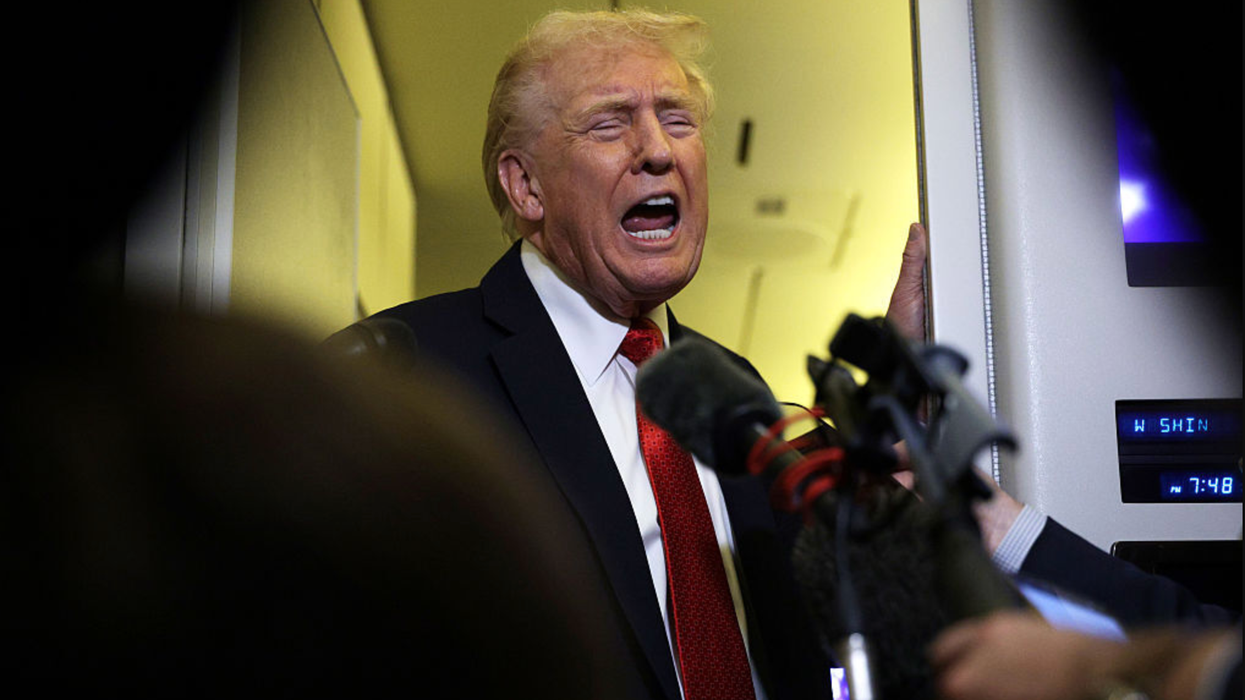





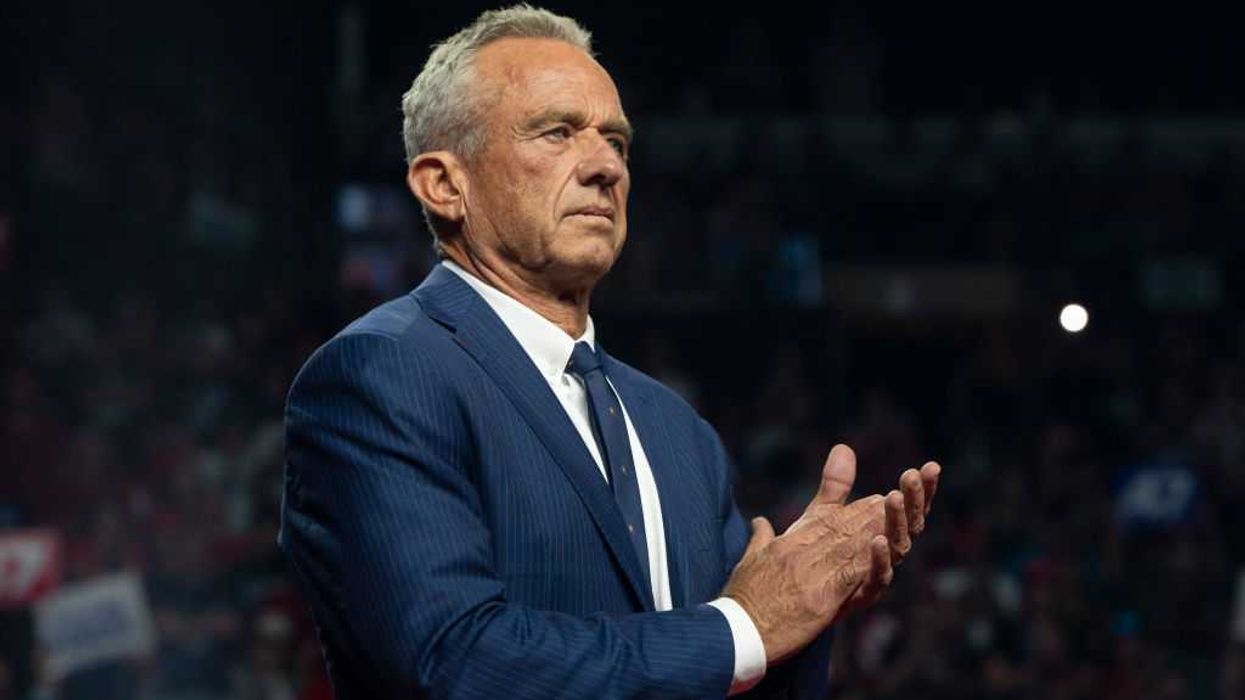


 photo courtesy of Michael Varga.
photo courtesy of Michael Varga.
An Independent Voter's Perspective on Current Political Divides
In the column, "Is Donald Trump Right?", Fulcrum Executive Editor, Hugo Balta, wrote:
For millions of Americans, President Trump’s second term isn’t a threat to democracy—it’s the fulfillment of a promise they believe was long overdue.
Is Donald Trump right?
Should the presidency serve as a force for disruption or a safeguard of preservation?
Balta invited readers to share their thoughts at newsroom@fulcrum.us.
David Levine from Portland, Oregon, shared these thoughts...
I am an independent voter who voted for Kamala Harris in the last election.
I pay very close attention to the events going on, and I try and avoid taking other people's opinions as fact, so the following writing should be looked at with that in mind:
Is Trump right? On some things, absolutely.
As to DEI, there is a strong feeling that you cannot fight racism with more racism or sexism with more sexism. Standards have to be the same across the board, and the idea that only white people can be racist is one that I think a lot of us find delusional on its face. The question is not whether we want equality in the workplace, but whether these systems are the mechanism to achieve it, despite their claims to virtue, and many of us feel they are not.
I think if the Democrats want to take back immigration as an issue then every single illegal alien no matter how they are discovered needs to be processed and sanctuary cities need to end, every single illegal alien needs to be found at that point Democrats could argue for an amnesty for those who have shown they have been Good actors for a period of time but the dynamic of simply ignoring those who break the law by coming here illegally is I think a losing issue for the Democrats, they need to bend the knee and make a deal.
I think you have to quit calling the man Hitler or a fascist because an actual fascist would simply shoot the protesters, the journalists, and anyone else who challenges him. And while he definitely has authoritarian tendencies, the Democrats are overplaying their hand using those words, and it makes them look foolish.
Most of us understand that the tariffs are a game of economic chicken, and whether it is successful or not depends on who blinks before the midterms. Still, the Democrats' continuous attacks on the man make them look disloyal to the country, not to Trump.
Referring to any group of people as marginalized is to many of us the same as referring to them as lesser, and it seems racist and insulting.
We invite you to read the opinions of other Fulrum Readers:
Trump's Policies: A Threat to Farmers and American Values
The Trump Era: A Bitter Pill for American Renewal
Federal Hill's Warning: A Baltimorean's Reflection on Leadership
Also, check out "Is Donald Trump Right?" and consider accepting Hugo's invitation to share your thoughts at newsroom@fulcrum.us.
The Fulcrum will select a range of submissions to share with readers as part of our ongoing civic dialogue.
We offer this platform for discussion and debate.